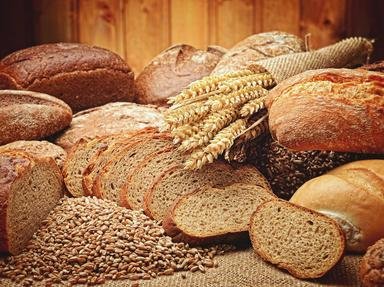Quiz Answer Key and Fun Facts
1. Teff is a very interesting flour alternative coming from the seeds of lovegrass. Used in the making of injera, what country does teff originate from?
2. One of the best alternatives for regular flour is a nut flour. Which is the nut flour that's traditionally used in making French macarons?
3. This flour is made from durum wheat, not the more common common wheat. It can often be found in pastas and upma. What is the wheat called?
4. Moana might have used this flour, as it has a Polynesian origin. It is both gluten-free and low in carbs, and doesn't trigger any major allergies, despite its name. What kind of flour is being described here?
5. Made out of the whole root, as opposed to tapioca flour which is just the starch, if you're not careful, you may end up with some cyanide. What flour am I referring to?
6. This rhubarb-related plant's grains can be found in the Russian kasha or the Indian Navaratri festival, but, as a flour, it provides a great alternative. Which misleading name does this gluten-free and magnesium-rich flour have?
7. Which of the following dishes does not use cornmeal as its traditional flour?
8. As far as ancient grains go, they're all the rage in the modern diets. One of these is a hybrid of a strain of emmer wheat and a wild goat-grass. Coming from the Near East, which of these grains was a present from the goddess Demeter?
9. Also known as zhanmifen, komeko, ssal-garu, and pirinÁ unu, this flour has a distinct presence in south-east and south Asian cooking. It can be made from white or brown. What flour am I speaking of?
10. Amaranth flour is another of those ancient grains. Native to the New World, which of these ancient civilizations used Amaranth flour?
Source: Author
LeoDaVinci
This quiz was reviewed by FunTrivia editor
jmorrow before going online.
Any errors found in FunTrivia content are routinely corrected through our feedback system.
